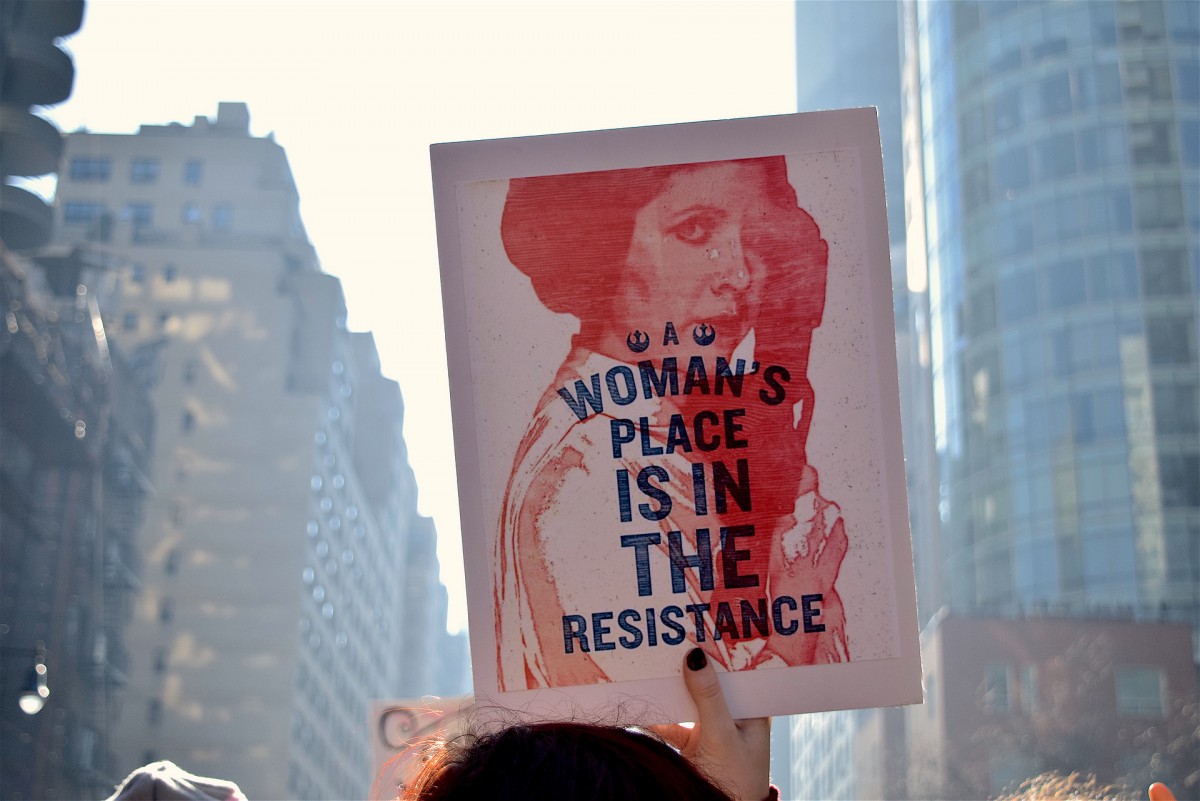Necessity of bridging the gender gap in the Netherlands
November 14th, 2017
The Global Gender Gap Report 2016 showed that the Netherlands has dropped 3 places in the Global Gender Gap Index. Women’s workforce participation rate is lower than men’s. In addition, Dutch women generally have part-time jobs, earn considerably less than men and are severely underrepresented in senior executive positions. The Netherlands ranked 16th.
One year later it turned out that the gender gap is not improving in our country; in fact it is worsening and getting bigger. According to the Global Gender Gap Report 2017, researched and published by the World Economic Forum, the Netherlands dropped another 16 places and is now ranked 32nd.
The Global Gender Gap Report
Inequality between men and women inhibits economic growth and prevents countries from becoming more competitive. In view of the urgency of bridging the gender gap, the World Economic Forum (WEF) annually publishes a report in which countries are compared and which provides insight into the extent to which countries are making progress in reducing gender inequality with regard to four aspects of inequality: (1) economic participation and opportunities; (2) access to education; (3) access to health care and life expectancy; and (4) political influence. The report mainly focuses on the so-called Global Gender Gap Index, which presents overall scores.
This year, the study also looked at the dynamics of gender gaps across occupations. Apart from this addition and the increase from 115 to 144 of the countries benchmarked, the methodology of ranking has stayed the same since the first edition in 2006.
This year, the Netherlands ranked 32, with a score of 0.737. A score of 1.00 is equal to parity and 0.00 to imparity. In 2006, the Netherlands scored 12th place, however, it has continued to drop since then. In 2016, the Netherlands went from 13th place to 16th.
Taking the top spot for the ninth year in a row is Iceland with a score of 0.878. Norway, Finland, Rwanda and Sweden follow Iceland in respective second, third, fourth and fifth place. Iceland scores particularly well on Political Empowerment, taking first place. The Netherlands does not do too poorly on this factor, ranking 25th.
Norway managed to overtake Finland this year and regained second place. Rwanda scores surprisingly high at 4th place, having the highest percentage of female parliamentarians in the world. Sweden drops to 5th place, after scoring the 4th place for eight consecutive years.
Main findings with regards to the Netherlands
Educational Attainment
This index examines a country’s ability to educate men and women. It does so by reviewing the literacy rate amongst men and women and the access to primary, secondary and tertiary education that both genders have.
The Netherlands performed well on this index, ranking number 1. This place was, however, shared with 26 other countries. This category shows considerable improvement from the Netherlands, who ranked 73rd when the first edition of this ranking was published.
Health and Survival
In this category, two indicators are used to assess the differences in women’s and men’s health. The study first looked at the sex ratio at birth, this is especially relevant in countries with a son preference, where women go missing. The second indicator analysed the life expectancy of men and women.
In this category, the Netherlands ranked 108th. Looking at the data historically, the Netherlands has dropped considerably in the category, ranking 67th place in 2006.
Although a number 1 ranking was obtained for the sex ratio at birth indicator, the Netherlands ranked 116th for Health life expectancy, in regards to the gap between men and women. Dutch women’s life expectancy is 72 years, whereas men’s is 70 years.
Political Empowerment
In this category, indicators looked specifically at the ratio of women to men in ministerial and parliamentary positions. This year’s report also included the ratio of women to men in executive office for the last 50 years.
The Netherlands ranked 25th for this category, with the sub-category, women in ministerial positions, ranking 15th. However, the Netherlands has not had a single female head of state in the past 50 years and ranked 69th on this indicator.
Economic Participation and Opportunity
This category focuses on participation, remuneration and advancement. As such, indicators measure labour force participation rates in men and women, wage equality, estimated male and female earned income, the ratio of female to male legislators, managers and senior officials and the ratio of female to male technical and professional workers.
For this section, the Netherlands ranked 82nd. This is due, for a great deal, to the sub-index, the gap in earned income of women and men, which ranked low at 115th place. This is a great fall from 51st place for this category in 2006.
Conclusion
These latest two editions of the report show that the Netherlands has not made any progress in terms of workforce participation and income equality. The rest of the world has not made significant progress, either. If the current developments are anything to go by, it may be decades before economic equality for both genders is a fact. Learning from Iceland might be a good idea if we really like to bridge the gender gap.
